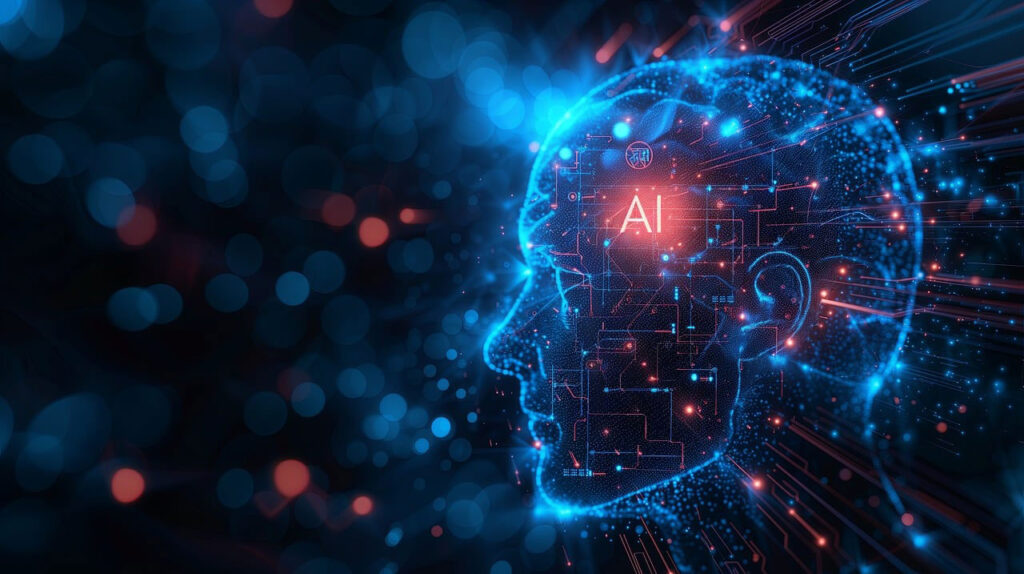Machine Learning
Machine Learning is a type of system which is an introduction to the intelligence of humans and computer science. Through machine learning, many types of systems have been created such as robots, which can do the work of humans, but now machines are doing the work of humans very fast. The man who can now cross the earth from the moon and come from the earth to the moon is also an example of human learning.
Machine learning is a subset of artificial intelligence (AI) that focuses on enabling computers to learn from data and make predictions or decisions without being explicitly programmed to do so. In essence, it involves building algorithms that can learn from and make predictions or decisions based on data.
The core idea behind machine learning is to enable computers to identify patterns in data and use those patterns to make predictions or decisions. This is achieved through the development of algorithms that iteratively learn from data, improving their performance over time as more data becomes available.
There are several types of machine learning approaches, including:
1. Supervised Learning: In supervised learning, the algorithm is trained on labeled data, meaning that the input data is paired with the corresponding correct output. The algorithm learns to make predictions by generalizing from the labeled examples it has been provided. Common tasks in supervised learning include classification (predicting categories) and regression (predicting numerical values).
2.Unsupervised Learning: In unsupervised learning, the algorithm is trained on unlabeled data, meaning that the input data is not paired with corresponding outputs. The algorithm learns to find patterns or structure in the data on its own, without explicit guidance. Common tasks in unsupervised learning include clustering (grouping similar data points) and dimensionality reduction (reducing the number of features in the data).
3.Reinforcement Learning: In reinforcement learning, the algorithm learns by interacting with an environment and receiving feedback in the form of rewards or penalties. The algorithm learns to take actions that maximize cumulative rewards over time, based on the feedback it receives. Reinforcement learning is commonly used in scenarios where an agent must make a sequence of decisions to achieve a long-term goal, such as in robotics or game playing.
Machine learning algorithms are used in a wide range of applications across various industries, including:
– Predictive analytics
– Natural language processing
– Computer vision
– Speech recognition
– Recommendation systems
– Autonomous vehicles
– Financial modeling
– Healthcare diagnostics
Overall, machine learning plays a crucial role in enabling computers to learn from data and make intelligent decisions, leading to significant advancements in technology and driving innovation in various fields.


